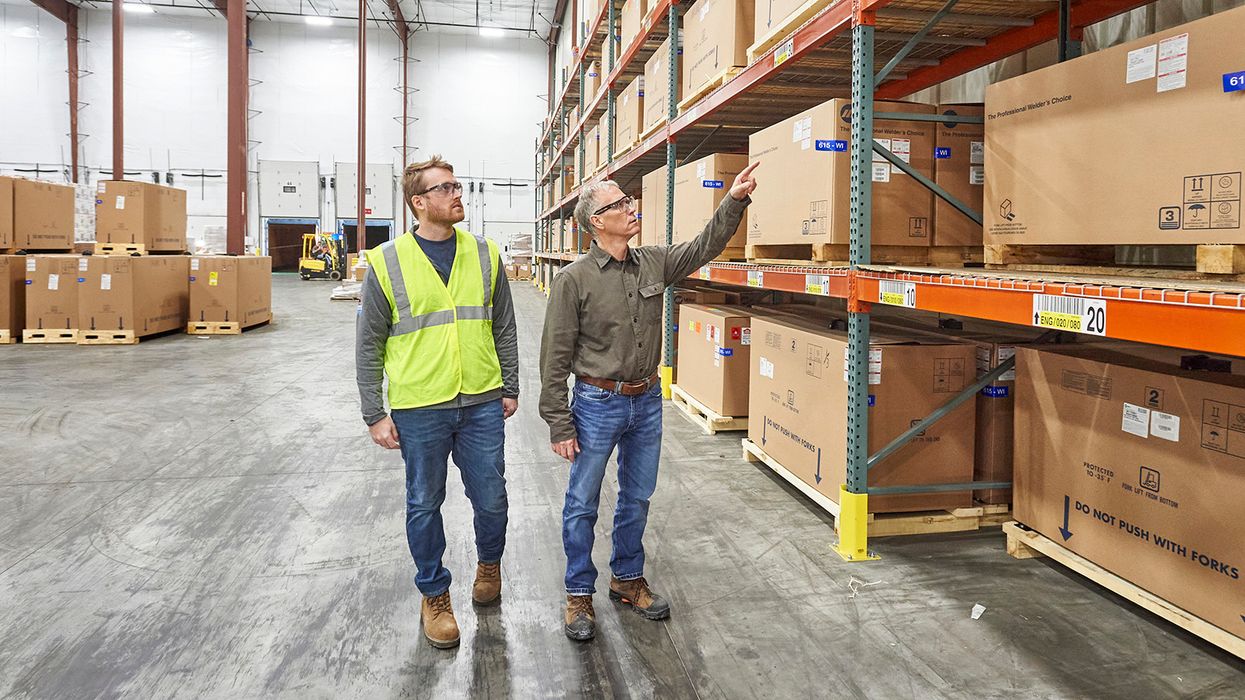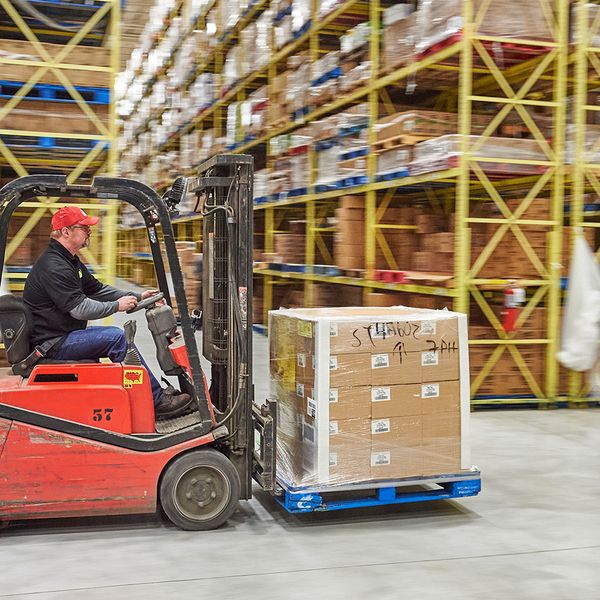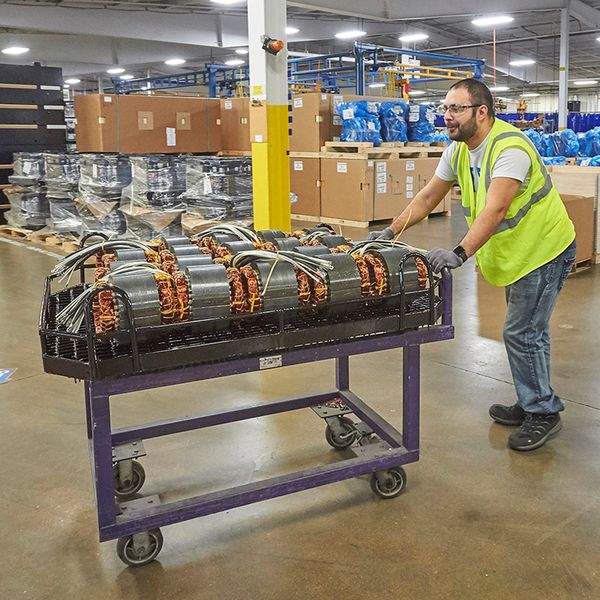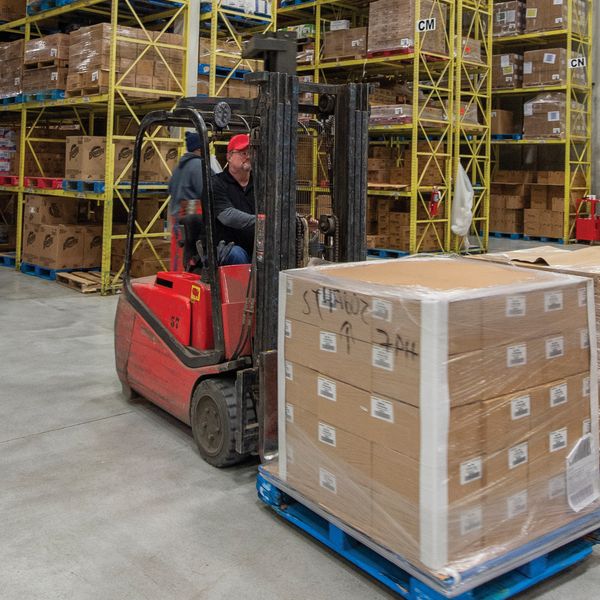Warehousing safety crackdown: Beating OSHA to the punch
With a Warehousing and Distribution Operations National Emphasis Program (NEP) anticipated to kick off within the next four months, how do you prepare? An OSHA spokesperson just told Compliance Network, “We are finalizing the Warehousing NEP,” so this inspection program is coming at a rapid clip! You cannot wait for OSHA’s knock on the door to ensure compliance.
| NEWS UPDATE: OSHA issued the NEP on July 13. Learn more by clicking our article, “OSHA Unleashed to Do Wall-to-Wall Inspections of Warehouses,” July 14, 2023. |
1. Powered industrial trucks (PITs) (1910.178)
Two major compliance issues involving PITs are training and maintenance. Before operating a PIT, your workers must successfully complete training and be evaluated on their operating skills. OSHA also requires PITs to be examined at least daily before being placed into service. On top of daily inspections, you need to have authorized personnel perform routine checks and preventive maintenance to keep PITs in safe operating condition.
2. Exit routes (1910.37)
Be aware that 1910.37 is regularly cited in the warehousing industry. No matter how much storage you have in your warehouse, exit routes must be free and unobstructed. Exit routes should also be marked with a readily visible sign, with no other signs or distracting objects near them.
3. Fire extinguishers (1910.157)
Unless exempted, OSHA 1910.157 calls for your warehouse to mount, locate, and identify approved fire extinguishers so that they are readily accessible. Keep them fully charged and in operable condition. Also ensure that workers are trained per the standard where you provide extinguishers for worker use or designate them to use firefighting equipment as part of an emergency action plan.
4. Materials storage and handling (1910.176)
OSHA’s storage and handling requirements make sense for any warehouse:
- Where mechanical handling equipment is used, provide sufficient safe clearance and mark permanent aisles;
- Stack, block, and interlock any bags, containers, bundles, and so forth that are stored in tiers;
- Limit tiered storage height so that it is stable and secure and won’t slide, fall, or collapse; and
- Do not allow storage areas to accumulate materials that create a tripping, fire, explosion, or pest-related hazard.
5. Ergonomic hazards (Section 5(a)(1) of OSH Act)
OSHA does not “require” warehouses to have an ergonomics program, but a sound framework for addressing musculoskeletal disorders may include:
- Engineering controls such as adjusting rack shelf heights or using equipment like angled shelving, turntables for pallets, or U-boat platform trucks with a spring-loaded platform;
- Administrative controls that reduce the duration, frequency, and severity of exposure;
- Training in lifting techniques; and
- Safe work practice controls like keeping the hands straight in line with the forearms and using boxes or totes with handholds, where suitable.
6. Electrical hazards (1910.303 and .305)
You’re required to provide and maintain sufficient access and working space around all electric equipment. Some typical electrical violations include:
- Not protecting wiring from abrasion when it enters cutout boxes, cabinets, or fittings;
- Not closing the openings in cabinets, boxes, and fittings;
- Using flexible cords and cables in lieu of fixed wiring when required; and
- Not providing strain relief for flexible cords and cables.
7. Lockout/tagout (1910.147)
When workers service or maintain machinery or equipment, OSHA requires you to implement a program and procedures to disable it. This prevents the unexpected release of hazardous energy (like electricity). In addition, the agency requires you to train workers in line with their duties and exposures.
8. Machine guarding (1910.212)
This standard is a “catch all” requirement to guard in-going nip points, rotating parts, and/or flying chips or sparks. Guarding devices must prevent the operator from having any part of his or her body in the danger zone during the operating cycle.
Also ensure that machines are anchored to prevent movement. This applies to machines designed to be at a fixed location but where they might move or “walk” during operation.
9. Hazard communication (HazCom) (1910.1200)
If your warehousing operations are not otherwise exempted under 29 CFR 1910.1200(b)(3) to (6), be sure to provide HazCom training, keep a chemical inventory, provide the latest safety data sheets, ensure all hazardous chemicals are labeled properly, and implement a written HazCom program.
10. Heat illness (Section 5(a)(1) of OSH Act)
OSHA points to its Heat Illness Prevention Campaign materials as a “blueprint” for reducing the risk of heat illness. Think about worker training in heat hazards and watch for signs and symptoms of heat illness. Consider cooling your work areas; scheduling around the heat; providing water, rest, and shade; and allowing new workers to acclimatize to a hot environment.
Key to remember
This article touches on 10 compliance areas that OSHA officers may consider in a warehouse safety and health inspection, including under the upcoming Warehousing and Distribution Operations NEP.
































































